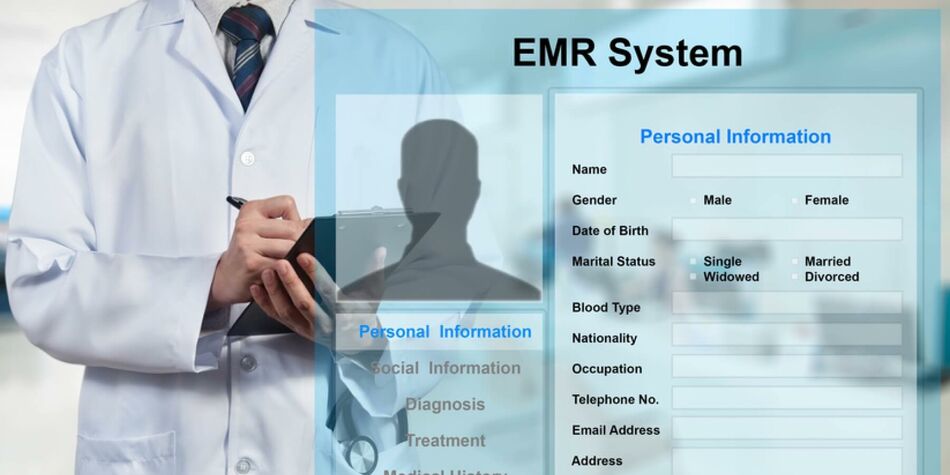Electronic Medical Records (EMRs) have revolutionized healthcare providers’ management of patient information. However, with the convenience of digital record-keeping come new challenges. One of the biggest hurdles is efficient and accurate data entry into EMRs. In this conversation, we’ll explore some key challenges healthcare professionals face when entering data into EMRs and discuss potential solutions to improve the process.
Challenges
When inputting data into electronic medical records (EMRs), healthcare practitioners frequently encounter the following major challenges:
- Time-consuming: Entering data into an EMR can be extremely time-consuming. It is one of the most significant difficulties associated with the process. It is common for medical professionals to have a limited amount of time to spend with each patient. The requirement to input data into an electronic medical record (EMR) can take away from this precious face-to-face time.
- User interface: Electronic medical records (EMRs) can be complicated and difficult to understand. Its complex interface sometimes makes it difficult for beginner healthcare people to input data swiftly and accurately.
- Accuracy: Data input into an EMR data entry service requires high precision to document patient information appropriately. However, healthcare providers may make mistakes when entering data, leading to patient care errors.
- Standardization: EMR data input often lacks standardization, making it difficult to analyze data across different healthcare practitioners or organizations.
- Training: Healthcare providers may not receive sufficient instruction on using the electronic medical record system, which could result in uncertainty and mistakes when inputting data.
- Integration: EMRs may not be completely incorporated with other systems, such as laboratory or imaging systems and EHR. That’s why sometimes it is challenging to input data from these sources into the EMR.
In general, these obstacles can cause those working in healthcare to feel frustrated. It may, in turn, compromise the quality of treatment patients receive. However, there are potential solutions that can help address these issues.
Solutions
Here are some possible solutions to the problems with EMR data entry:
- Simplify the user interface: EMR systems can be made easier to use by making the user interface simpler and easier to navigate. Healthcare BPO service providers can assist in this area by offering customized EMR interfaces that are made to fit the needs of healthcare providers.
- Give training: Healthcare providers should get enough training on using the EMR system to ensure they are comfortable and good at entering data. Healthcare BPO service providers can offer training sessions for healthcare providers to help them become more proficient with the EMR system.
- Use standard protocols for entering data: Standardised data entry protocols help make sure that patient information is recorded the same way by all healthcare providers and institutions. These protocols can be created and implemented with the help of healthcare BPO service
- Outsource EMR data entry: Healthcare BPO service providers can take on the task of EMR data entry, allowing healthcare providers to focus on patient care. This can help fix the problem of how long it takes to enter data and ensure that patient records are accurate.
- Integrate EMRs with other systems: EMRs can be integrated with other systems, such as laboratory or imaging systems, to streamline data entry and reduce errors. Healthcare BPO service providers can help with this process by offering technical support and expertise.
Conclusion
In conclusion, EMR data input may be difficult, but it is essential to modern healthcare. Healthcare providers can ensure patient data is accurate, complete, and easily accessible by identifying problems and implementing practical solutions, such as standardizing documentation, training staff, and using voice recognition technology. With the right tools and strategies, EMR data entry can improve patient care and streamline workflows, leading to better patient and provider outcomes.











